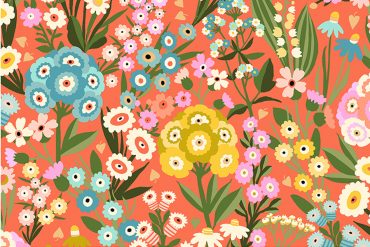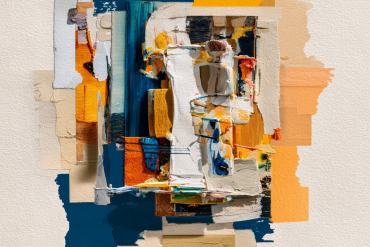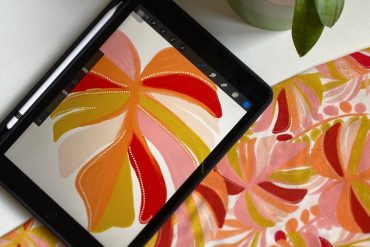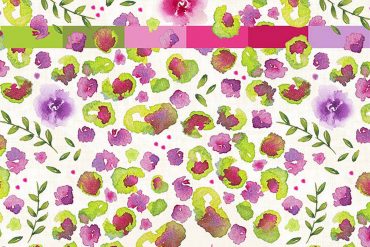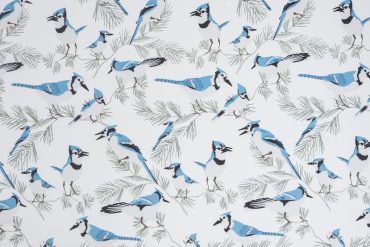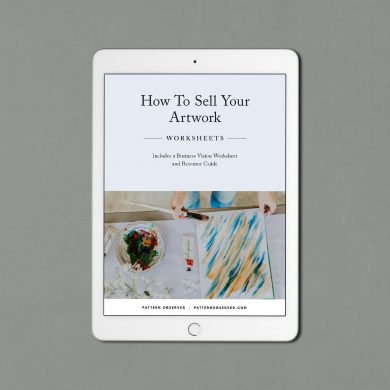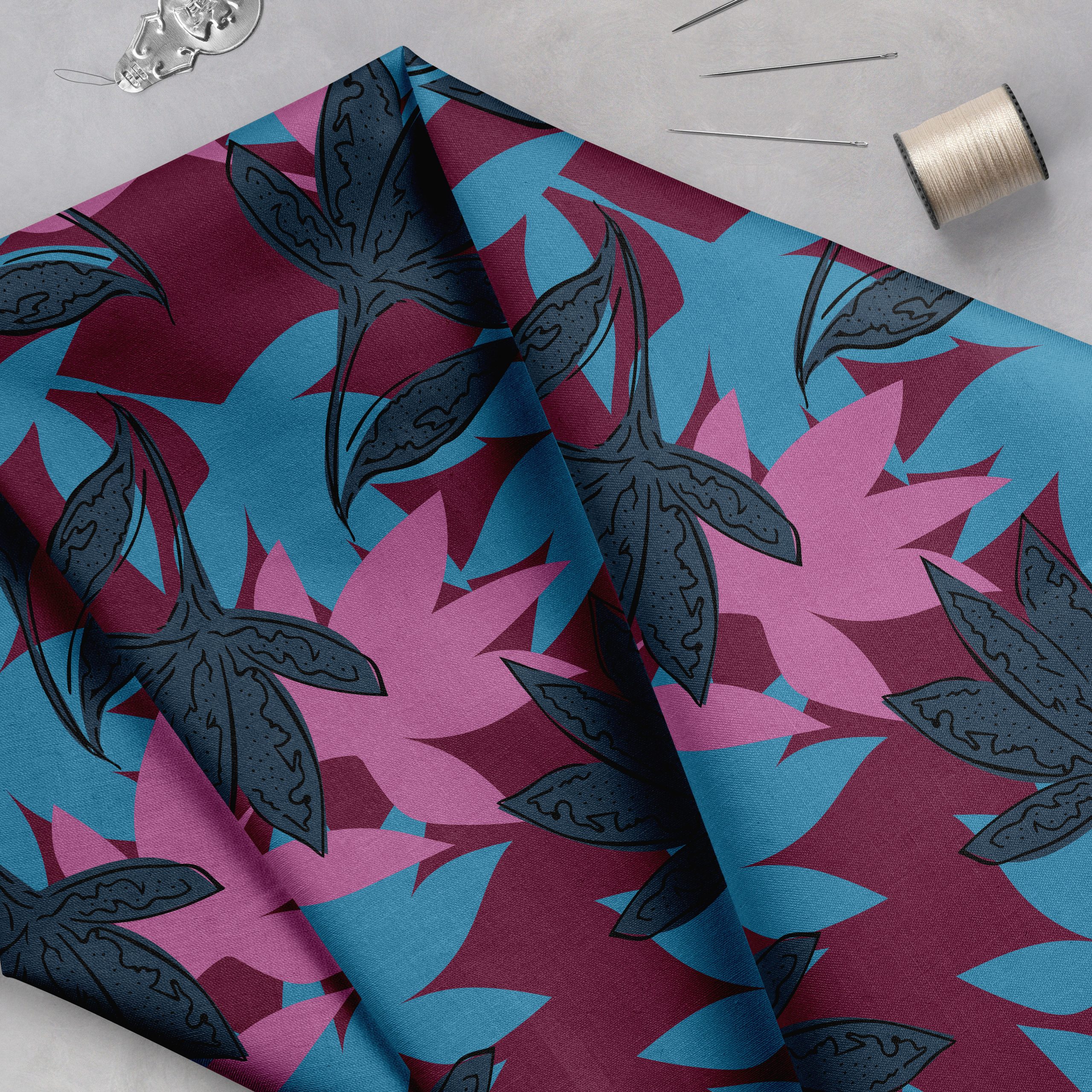Figuring out freelance textile designer rates can be tricky, especially when starting. You want fair compensation while still attracting clients. This article addresses industry standards and best practices for setting your rates.
Drawing on my textile design industry experience, combined with current data and designer feedback, this article offers practical insights on freelance textile designer rates. We’ll discuss why a rate sheet is helpful when presenting your rates. Plus, I’ll provide additional resources.
Why Hourly Rates Make Sense For Textile Designers
Charging by the project or pattern often seems logical. However, hourly rates make more sense for smaller design tasks, such as repeats, colorways, tweaks to existing patterns, and color separations.
The main advantage? Hourly billing ensures payment is made for your actual time. This prevents headaches from difficult clients, endless revisions, or tricky repeats that exceed projected hours.
Hourly billing protects designers from absorbing the cost of “free work.” This type of billing keeps your income secure by accurately reflecting the time invested.
Hourly Rates: A Realistic Range For Freelance Textile Designers
Often, freelancers don’t offer finished “products.” This can lead clients to treat design rates as negotiable. Establishing solid rates upfront maintains respect for your design time and talents.
So, what’s the industry standard? Hourly freelance designer rates typically range from $35 to $80. The ideal rate depends on your career stage, tasks, skill, and location. Based upon my experiences as a freelance textile designer and in discussing this topic with our Textile Design Lab guest experts, here is an outline of standard rates:
| Experience Level | Hourly Rate | Typical Duties |
|---|---|---|
| Assistant Textile Designer | $35-$45 | Repeats, colorways, trend research, basic print development, minor updates. |
| Junior Textile Designer | $45-$60 | Original artwork, trend forecasting, colorways, existing print updates, repeats. |
| Senior Textile Designer | $60-$80 | Trend forecasting and presentations, print collection planning, palettes, managing junior designers. |
This table is a starting point. Location heavily influences pricing, and this table is specifically for U.S. rates. Your speed also impacts pricing. As you become more efficient, increase your rate; less is often more when considering hand-drawn prints.
Some freelance designers earn more per hour by taking on less work annually. To target a niche market, consider specializing in fashion design, stationery, or technical design.
For new designers, base your rates on your expenses and financial needs. Factor in your work pace and desired workload to accurately set your freelance textile designer rates. Consider whether you would want to design graphic designs for t-shirts and home goods as part of this, too. It could greatly diversify your skill set.
Creating A Professional Rate Sheet: Best Practices For Freelance Textile Designer Rates
Discussing freelance textile designer rates can be awkward. Clients may lack a frame of reference for design service costs.
A rate sheet simplifies these conversations. After understanding client needs, share the rate sheet for their review. This gives them a chance to reflect on it.
Creating a rate sheet puts you in control. You can gauge if your rates are a good fit during initial discussions. Provide the rate sheet immediately if your services align with their budget. Consider graphic design services for any promotional or design materials needs they might have as well.
What To Include On Your Rate Sheet
Your rate sheet showcases your value and professionalism. It’s a helpful tool for gaining client respect and interest and gives a great first impression to those you have yet to meet.
Ensure your rate sheet reflects your branding and appears polished. Consider including print, logo, pattern, and surface design options to give them options. On your rate sheet you will want to include:
- A short bio.
- A services or specialty list.
- Your rates.
- Client feedback/reviews.
- Portfolio link.
- Links to your LinkedIn profile, website, and social media.
Download our editable rate sheet template to simplify creating freelance designer rate sheets when leads come through from your website and sites such as the Pattern Observer Directory. Share your rate sheet with new clients when they reach out to you with questions about your design process and rates.
Conclusion
Considering your freelance textile designer rates early on allows clear communication of your value to clients. Creating a professional rate sheet establishes pricing, saves time, and avoids confusion. It offers a range of services, like creating seamless repeat patterns for textile prints.
For further guidance on freelance textile designer rates, consider joining our Textile Design Lab, where you will have the opportunity to share your portfolio for feedback and discuss your rates with industry experts. Then, you can begin to market your work through websites such as our Pattern Observer Directory.
Advance preparation pays off in the long run. Setting your rates appropriately from the beginning ensures you’re fairly compensated for your design textile work and fashion textile design experience.
Table Of Contents:
- Why Hourly Rates Make Sense For Textile Designers
- Creating A Professional Rate Sheet: Best Practices For Freelance Textile Designer Rates
- Conclusion






